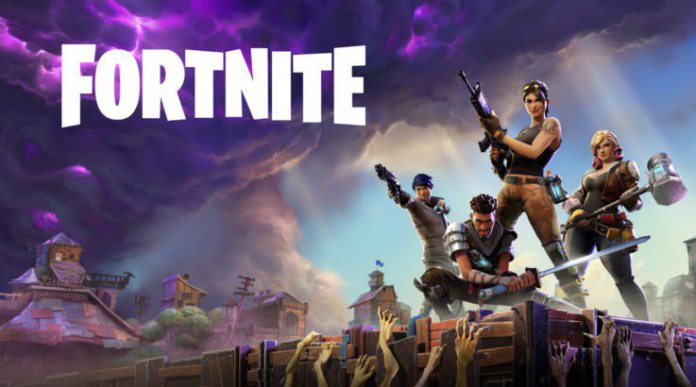While it is easy to view Xbox Cloud Gaming as a brand new product, it has been around since 2020 at this point. It is bundled into the Xbox Game Pass Ultimate subscription. Of course, it offers plenty of Microsoft exclusive games, a number that will grow thanks to the acquisitions of Bethesda and Activision Blizzard. Xbox Cloud Gaming also includes loads of titles from third-party developers. However, the caveat has always been you need that Xbox Game Pass subscription. That changes today as Microsoft has partnered with Epic Games to bring Fortnite to the platform, with not subscription needed.
Free Access
So, anybody with Android, iOS, iPadOS, or a PC can now access Fortnite through Xbox Cloud Gaming without needing an Xbox Game Pass sub. Although, users will still need to have a Microsoft Account. “With no installation or memberships required, all you need to do is go to Xbox.com/play on your web browser and sign-in with your Microsoft Account to party-up with friends or earn your next Victory Royale in Fortnite,” says Microsoft in an Xbox Wire post today. “At Xbox we want to make gaming accessible to the 3 billion players around the world, and cloud has an important role in that mission,” said Xbox Cloud Gaming VP and head of product Catherine Gluckstein. “Quite simply we want you to have more choice in both the games you play and the way you choose to play them.” If this was just a random game, it would not be big news, but this is Fortnite. While the days of Fortnite fever have gone, the game remains one of the most popular in the world. By offering free access, Microsoft is giving users a gateway into its cloud gaming platform. For customers, they get to play a game on any device for free, while Microsoft hopes some will advance to pay $14.99 for the Xbox Game Pass Ultimate package. Tip of the day: With a single registry tweak, it’s possible to add a ‘Take Ownership’ button to the right-click context menu that performs all of the necessary actions for you. You’ll gain full access to all possible actions, including deletion, renaming, and more. All files and subfolders will also be under your name. The Take Ownership context menu will set the currently active user as the owner of the files, though they must also be an administrator. They can then enter the folder or modify the file as they usually would.




